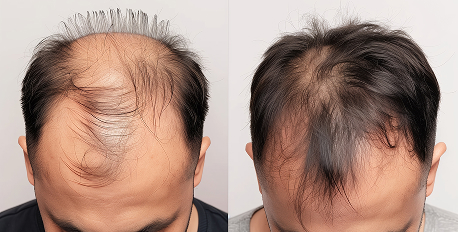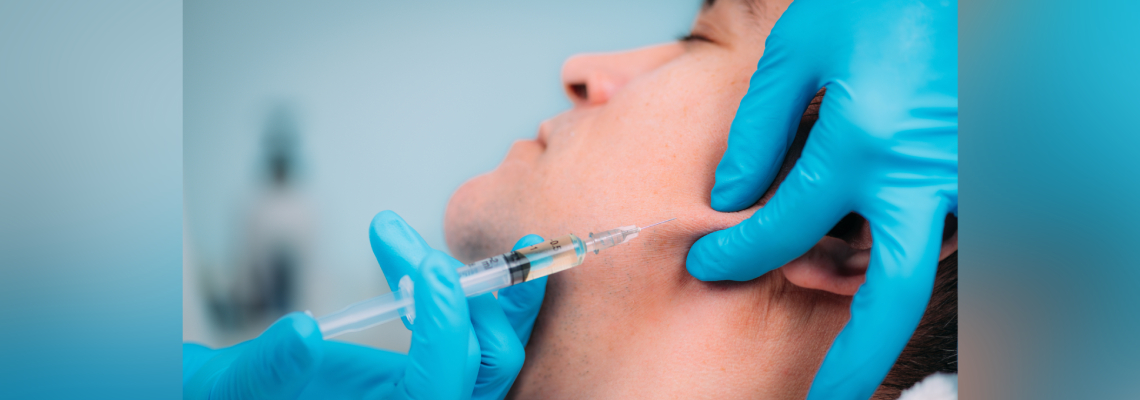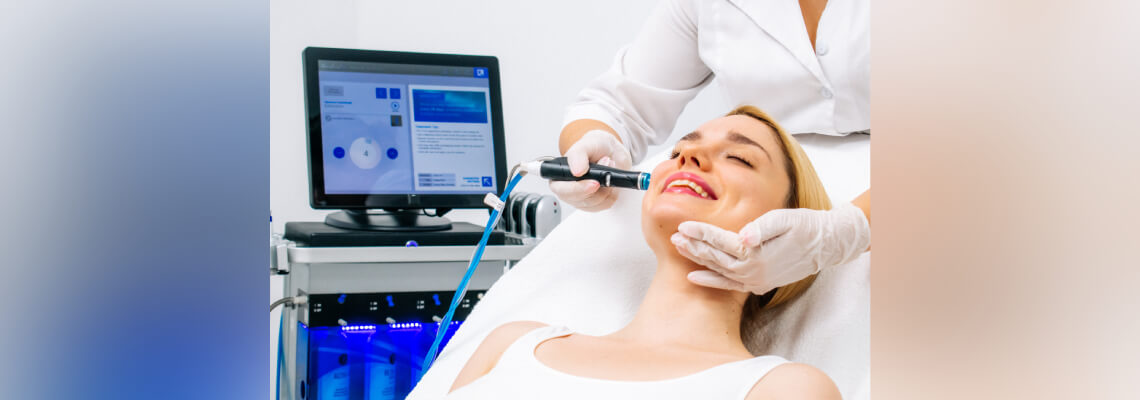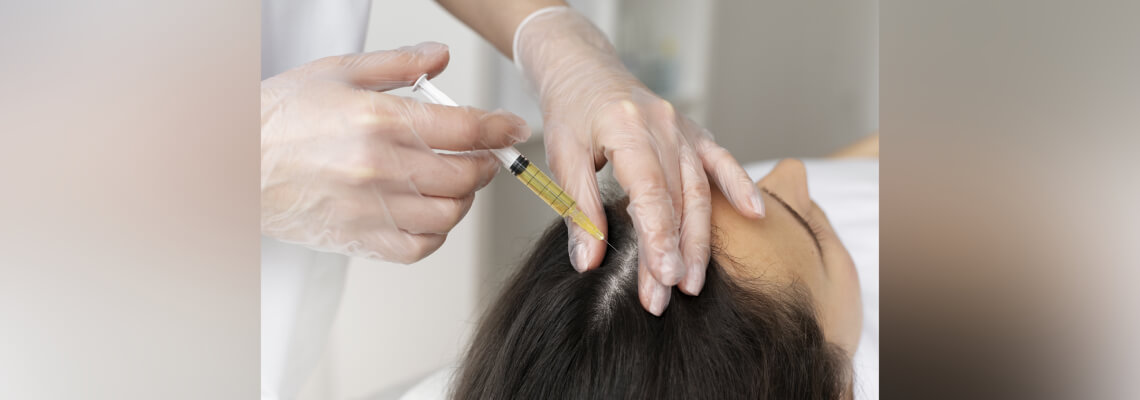From Chronic to Controlled: Effective Med SPA Approaches to Pain Management
Chronic pain is a widespread and life-altering condition, affecting an estimated 51.6 million U.S. adults—roughly 1 in 5 Americans. It not only diminishes quality of life but often leads to long-term reliance on medications, including opioids, which carry significant risks and side effects. As the healthcare landscape shifts toward integrative and patient-centered care, Med SPAs are gaining recognition as supportive environments for non-pharmacologic pain management by combining therapeutic treatments with clinical oversight. Let’s explore a variety of evidence-based therapies used by Med SPAs to help patients take control of chronic pain—enhancing physical function, reducing reliance on medications, and improving overall quality of life.
1. What is Balneotherapy & Spa Therapy?
Balneotherapy—derived from the Latin balneum (bath)—involves therapeutic bathing in mineral-rich or thermal waters, often combined with spa treatments such as mud applications, steam therapy, and hydrotherapy. These natural treatments are designed to alleviate pain, improve mobility, and support overall wellness.
Mechanisms Behind the Therapy
The therapeutic effects stem from both physical and chemical interactions. Warm mineral waters increase circulation, ease muscle tension, and promote relaxation. At a cellular level, these therapies stimulate thermoregulatory and neuroendocrine systems, reduce inflammatory markers, and enhance tissue repair. Mud applications and bicarbonate baths, in particular, are known to alter protein activity associated with inflammation and healing.
Evidence from Clinical Trials
Clinical research strongly supports the effectiveness of balneotherapy and spa therapy in managing chronic pain. In a randomized controlled trial of 186 individuals with chronic shoulder pain, those who received immediate spa therapy experienced significantly greater improvement—showing a 32.6% reduction in disability (measured by the DASH score) compared to just 8.2% in the delayed treatment group. Moreover, 59% achieved clinically meaningful improvement versus only 18% in the control group. Another study involving 66 patients with chronic low back pain found that mud packs and bicarbonate baths not only reduced pain and disability (measured by VAS and Roland-Morris scores) but also triggered protein-level changes associated with reduced inflammation and enhanced tissue repair. Supporting these findings, a comprehensive meta-analysis revealed that balneotherapy led to an average pain reduction of 26 mm on a 100 mm VAS scale, with the therapy itself accounting for 19 mm of clinically significant relief.
2. What Is Hydrotherapy and Aquatic Exercise?
The use of water for medical treatment is probably as old as mankind. Hydrotherapy involves the use of water—typically warm or thermally controlled—for therapeutic purposes. This can include full-body immersion, contrast baths, underwater massage, or resistance-based aquatic exercise. Aquatic exercise refers to physical activity performed in water, often in a heated pool, which reduces the impact of gravity on joints and muscles while allowing for a full range of motion and resistance.
How Hydrotherapy Works and What It Treats
Hydrotherapy uses warm water’s natural properties—heat, buoyancy, and resistance—to relieve pain, relax muscles, improve circulation, and reduce joint stress. The water’s support eases movement, making exercise gentler and safer for those with pain or mobility issues, while its resistance offers low-impact strength and cardio benefits.
These effects enhance physical function, ease discomfort, and stimulate the nervous and immune systems—making hydrotherapy effective for managing not just pain, but also conditions like heart and lung diseases, arthritis, fibromyalgia, Parkinson’s, anxiety, fatigue, obesity, and even labor pain. Hydrotherapy’s calming, non-invasive nature makes it a valuable part of Med SPAs and rehabilitation programs.
Therapeutic Benefits and Med SPA Integration
Research shows that aquatic exercise offers moderate improvements in pain, physical function, and quality of life for those with chronic musculoskeletal conditions. The benefits are consistent across conditions and comparable to land-based exercise, making it an effective option for individuals with joint pain or mobility issues. As a result, Med SPAs are increasingly adopting hydrotherapy and aquatic therapies for their therapeutic value, low risk, and high patient satisfaction—blending relaxation with clinically meaningful outcomes.
3. What Are Manual Therapies in Med SPAs?
Manual therapies refer to hands-on techniques and topical treatments that aim to relieve pain, improve circulation, and promote healing. In Med SPA settings, these often include massage therapy, therapeutic mud applications, and carbon dioxide (CO₂) baths. Each therapy offers unique physiological benefits and, when combined with other modalities, can significantly enhance outcomes for chronic pain management.
How They Work: Process and Function
Manual therapies like massage, mud applications, and CO₂ baths offer a multi-faceted approach to pain relief by combining physical, thermal, and biochemical effects. Massage therapy reduces muscle tension, boosts circulation, and triggers endorphin release—helping relieve pain while also promoting relaxation and stress reduction, which are vital for chronic pain management.
Mud therapy uses warm, mineral-rich mud applied to the body to ease joint stiffness, reduce swelling, and improve tissue health through localized heat and anti-inflammatory action. CO₂ baths involve soaking in carbon dioxide–infused water, which enhances microcirculation, oxygen delivery, and tissue repair. This makes them particularly effective for reducing inflammation and aiding recovery in musculoskeletal conditions. Together, these therapies address both physical discomfort and overall well-being, making them powerful tools in holistic pain management.
Clinical Evidence Supporting Manual Therapies
Research increasingly supports the long-term benefits of manual therapies for chronic pain. A study in Pain Medicine found that massage therapy provided lasting relief for chronic lower back pain, with improvements in both pain and function extending beyond the treatment period. Similarly, Austrian research showed that combining mud packs and CO₂ baths with exercise and electrotherapy led to sustained reductions in pain and mood improvements. These findings highlight the value of integrating manual therapies into comprehensive pain management strategies.
Conclusion
Med SPAs are transforming the landscape of holistic, non-pharmacologic pain management by offering evidence-based therapies in a calming, supportive environment. But to truly benefit from these treatments, it’s essential to connect with experienced and reputable providers. The DigiMEDSPA Directory makes that process simple. This comprehensive, user-friendly platform helps patients find trusted, vetted Med SPAs that specialize in pain management services tailored to their specific needs. Whether you're seeking balneotherapy, hydrotherapy, or manual therapies like massage and mud treatments, DigiMEDSPA empowers you to take that first step—from chronic pain to lasting relief.








